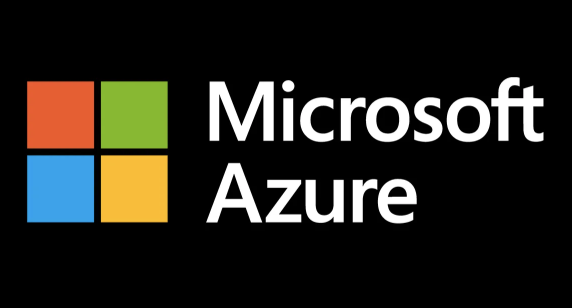Are your maintenance costs increasing?
Developing and maintaining multiple point-to-point custom integrations is complex. Imagine having data in multiple ERP systems, while running several other applications such as SAP SuccessFactors, SAP Concur, SAP Ariba, or SAP CX Suite. In addition, you may have many third party applications such as Salesforce or Magento, while in the future you might want to integrate with IoT sensors as an extension of your core business processes. In most organizations, integration maturity is low. This makes it highly time-consuming to manage all these integrations and security aspects. All the custom integrations make the landscape less scalable. In the end, your maintenance costs will rise exponentially.





